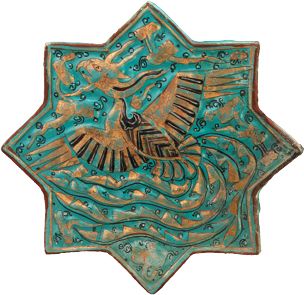Label
All
0
Clear all filters
🔥 Try our grilling cookbooks and save 25% on ckbk membership with code BBQ25 🔥
How Wine was First Forbidden and then Allowed According to Ferdowsi’s Shahnameh
Appears in
Published 2015

At dawn the next morning Bahram called for wine, and his courtiers began another round of merrymaking. At that moment the headman of a village entered with a present of fruit: He brought camelloads of pomegranates, apples and quinces, and also bouquets of flowers fit for the royal presence. The king welcomed this man, who had the ancient, noble name of Kebrui, and motioned him to a place among the young men there. He handed him a large goblet of wine that held two maund. The visitor was pleased at the king’s and his courtiers’ attention, and when he had drained the cup, he caught sight of another and felt a craving for it in his heart. In front of all the nobles there he reached out and seized it. He stood and toasted the king, and said, “I’m a wine drinker, and Kebrui is my name. This goblet holds five maund of wine, and I’m going to drain it seven times in front of this assembly. Then I’ll go back to my village, and no one will hear any drunken shouts from me.” And to the astonishment of the other drinkers there he drained the huge cup seven times.
Become a Premium Member to access this page
Unlimited, ad-free access to hundreds of the world’s best cookbooks
Over 160,000 recipes with thousands more added every month
Recommended by leading chefs and food writers
Powerful search filters to match your tastes
Create collections and add reviews or private notes to any recipe
Swipe to browse each cookbook from cover-to-cover
Manage your subscription via the My Membership page
Best value
Part of
Advertisement
Advertisement
The licensor does not allow printing of this title


